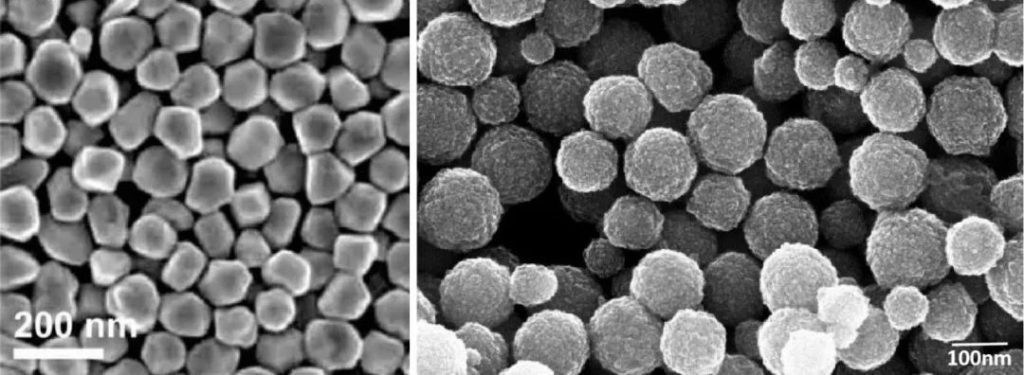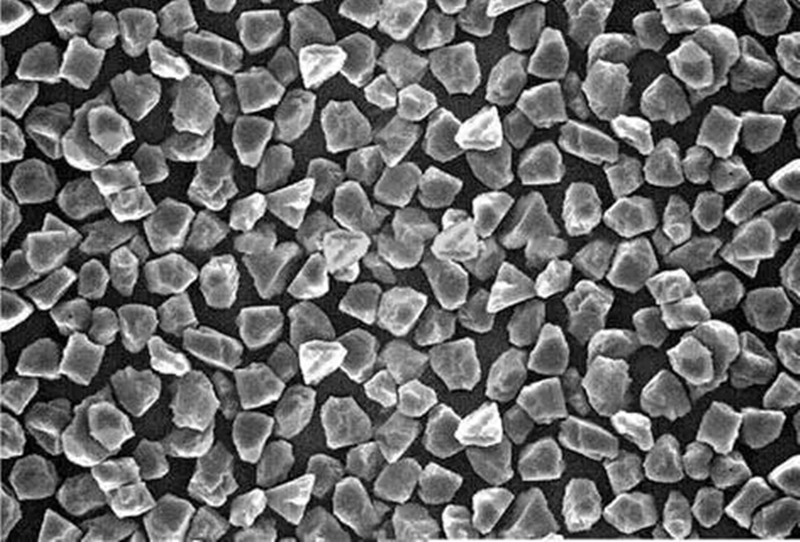The particle size is called “grain size,” also known as “particle size” or “diameter.” When the physical properties or physical behavior of the particles to be measured are most similar to a homogeneous sphere (or combination) of a certain diameter, the diameter of the sphere (or combination) is taken as the equivalent particle size (or size distribution) of the particles to be measured. For non-spherical particles, the size of the measurement benchmark and statistical methods determine the grain size. It can only be “equivalent.””

The percentage (or cumulative percentage) of particles with different size intervals in the total amount of powder is called frequency size distribution (or cumulative size distribution), whose vertical coordinate is the composition of the grain size calculated by different benchmarks, which can be the percentage or cumulative percentage of the number, length, area, volume. Its horizontal coordinate is the value of particle size calculated by different benchmarks. D10, D50, and D90 can reflect the homogeneity degree of the powder. This is also called the powder’s cumulative distribution.

D50: also known as median particle size
This is the particle size value that corresponds to a cumulative percentage distribution of 50 percent. This is a typical value for grain size. It accurately divides the total population into two equal parts. In other words, 50% of the particles are above this value and 50% are below it. If a sample has a D50 = 5 μm, it means that of all the particle sizes that make up the sample, 50% are larger than 5 μm, and 50% are smaller than 5 μm. D50 is often used to indicate the average grain size of a powder.
D90: is the particle size distribution, from small to large cumulative distribution percentage reaches 90% of the corresponding grain size value. In a certain powder, the number of particles with grain size less than D97 accounts for 97% of the total number of particles. It is usually used to indicate the powder’s coarse end grain size index, which is a focused index in powder production and application. Similarly, some industries use values such as D95 and D97, whose physical meaning is similar to that of D90.
D10: is the cumulative percentage of 10 percent under this value, contrary to D90.
The significance of particle size distribution in production
These three parameters are of great importance in production and life applications. For example, in the pharmaceutical industry, if the grain size distribution of a certain drug is known, the effectiveness and side effects can be understood. In addition, particle size distribution is one of the important indicators for air and water quality monitoring in environmental protection. In conclusion, D10, D50, and D90 are three important parameters in particle size distribution. They indicate particle distribution in different intervals. Small particles have a wide range of applications in daily life and industrial production. The size and distribution of these particles are directly related to industrial processes, product quality, energy consumption, and safety in production. Therefore, accurately and conveniently measuring the sum diameter (particle size) of small particles is very meaningful. Also, obtaining the grain size distribution function is important.
Other Information
- How to Choose the Right Quartz Sand for Different Industries ?
- Preparation of Silicon-carbon Negative Electrode Materials by CVD Method
- Ultrafine Powder Characterization, Which Methods are Most Commonly Used?
- Talcum Powder in Plastic Modification
- Powder Processing Technology Pushes the Boundaries of Robot Performance
